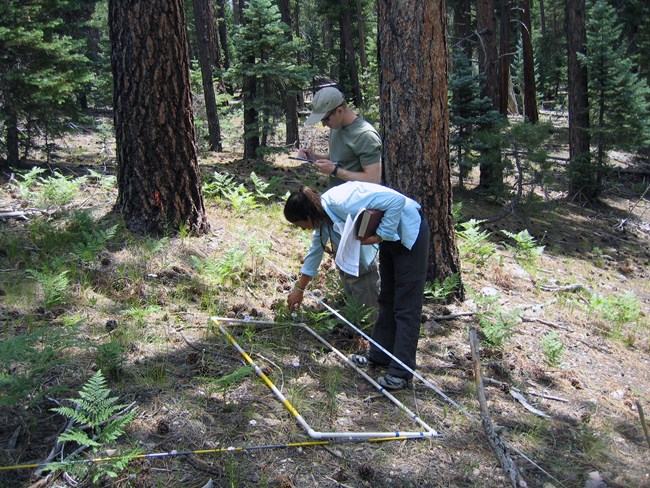
NPS
SCPN Monitoring Sites Webmap (NPS staff only)
The Inventory & Monitoring Program of the National Park Service monitors natural resources in parks over extended periods of time to better understand their condition. Some natural resources are essential components of the ecosystems where they occur. Monitoring the condition of these “vital signs” can (1) give an indication of the health of ecosystems, (2) provide an early warning of ecological problems, and (3) inform us about the status and trends in those resources.
Data is the currency of the Vital Signs Monitoring Program. While the national parks are stewards of our natural and cultural resources, the Inventory & Monitoring networks are the stewards of the irreplaceable data that we collect about the natural resources in parks.
The Southern Colorado Plateau Network’s Vital Signs Monitoring Plan describes how network and park scientists selected the vital signs to be monitored, and the strategy for monitoring them. Network protocols describe the methods to be used in monitoring a particular vital sign. Data summary reports for the Southern Colorado Plateau monitoring program are available from the Reports and Publications page.
Our Monitoring Projects
-
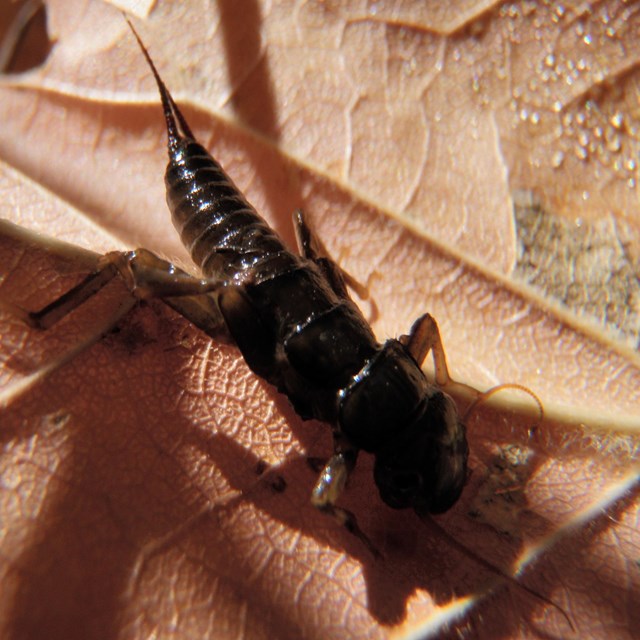 Aquatic Macroinvertebrates
Aquatic MacroinvertebratesWe monitor aquatic macroinvertebrates to learn about the health of riparian ecosystems.
-
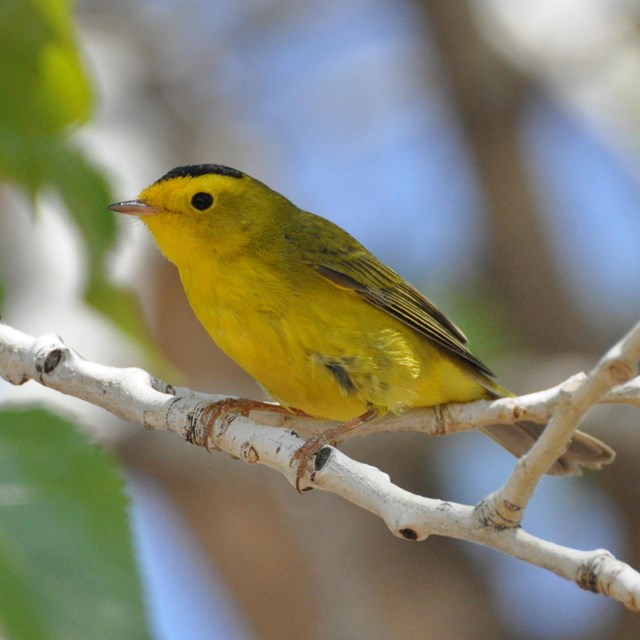 Bird Communities
Bird CommunitiesBirds respond quickly to changes in resource conditions, thereby functioning as good indicators of ecosystem health.
-
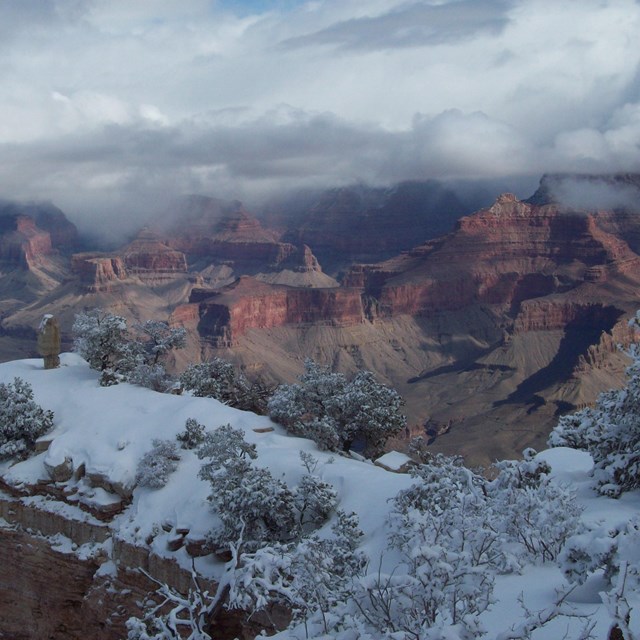 Climate
ClimateClimate is a primary factor influencing the distribution of ecosystems across the landscape.
-
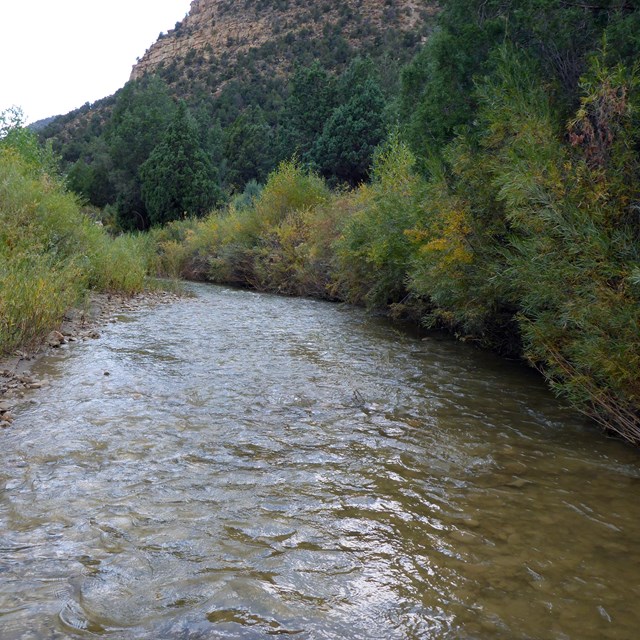 Groundwater
GroundwaterGroundwater is the largest source of fresh water on Earth. Monitoring such an important component within our Parks is vital for the future.
-
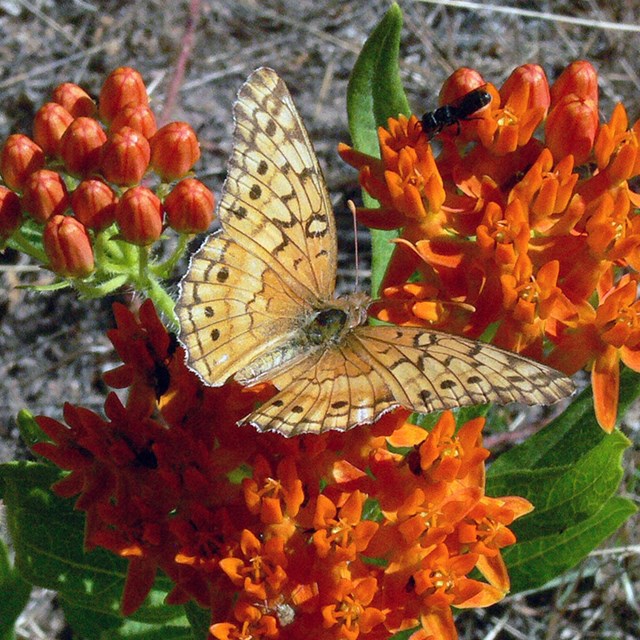 Land Surface Phenology
Land Surface PhenologyPhenology is the timing of natural annual events, like flowering, and is an indicator of an ecosystem's response to environmental variables.
-
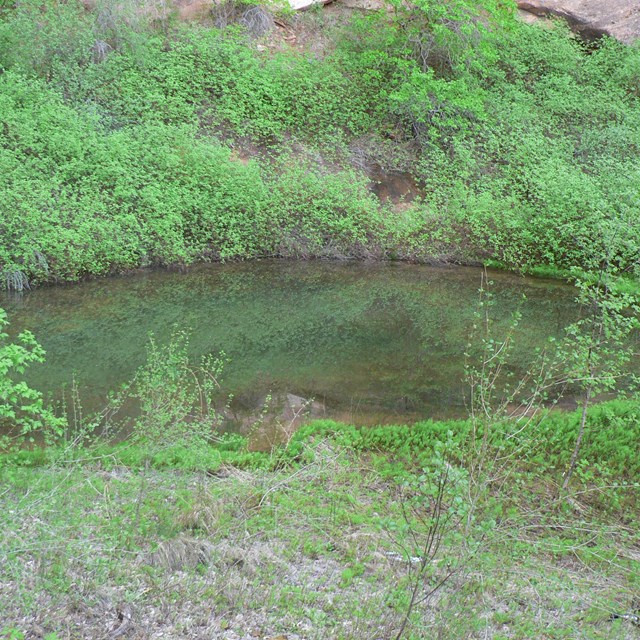 Spring Ecosystems
Spring EcosystemsSprings rely on groundwater and support unique plant associations, sustaining high levels of biotic diversity in arid landscapes.
-
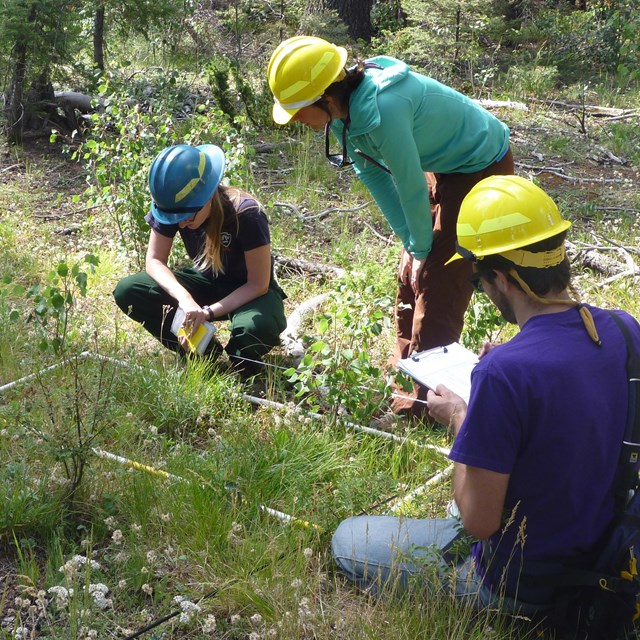 Upland Vegetation & Soil
Upland Vegetation & SoilVegetation and soils provide animal populations with habitat and food and are the foundation for terrestrial ecosystems.
-
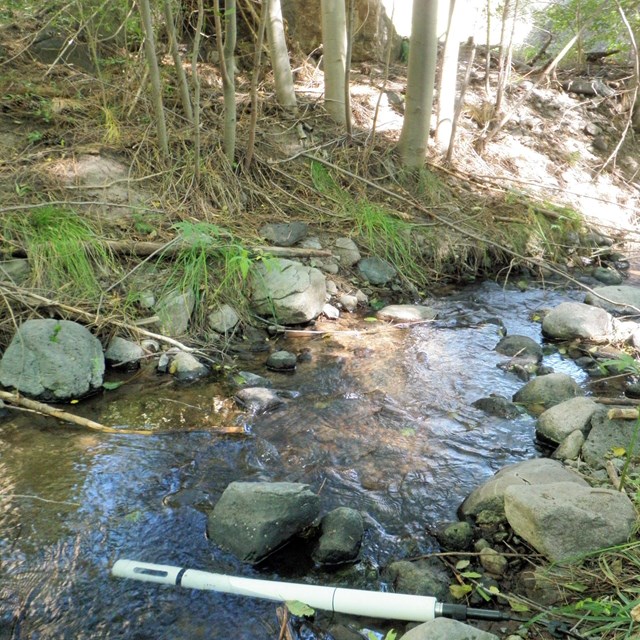 Water Quality
Water QualityWater quality is used to characterize the condition of surface waters and identify existing or emerging problems.
Last updated: May 8, 2025
